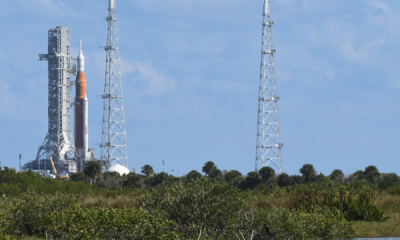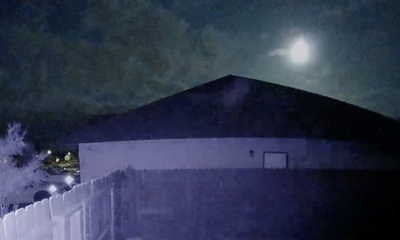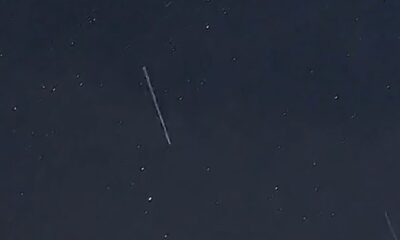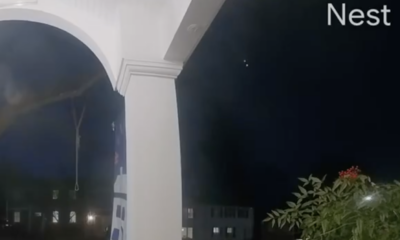HEALTH
Mars Rover Perseverance Explores Jezero Crater Delta, Collects Samples Of Organic Matter
Published
2 years agoon
More From Sci + Tech
-


Satellites Show Tropical Storm Lola Moving Towards Vanuatu Region in…
-


NASA to decide on whether to return Artemis I to…
-


CIRA Satellites: Typhoon Koinu made landfall in southern Taiwan today.…
-


2 Robitussin Cough Syrups With Honey Recalled Over Microbial Contamination
-


Tropical Storm Bret Forms in Atlantic, Anticipated to Become A…
-


An Average Liter Of Bottled Water Has A Quarter-Million Nanoplastic…
-


Bright Ball Of Light Streaks Across Sky On Ring Camera…
-


Goodland, KS: Small swarm of meteors visible low on the…
-


USGS deploys one of 11 ocean surface drifter buoys off…
-


More: Green Comet C/2022 E3 (ZTF) Seen from Ottawa, Canada
-


More: Meteor Seen Over Mid-Atlantic Sky From Arlington, VA In…
-


SpaceX Falcon 9 Launches Amazonas Nexus Satellite For Hispasat
